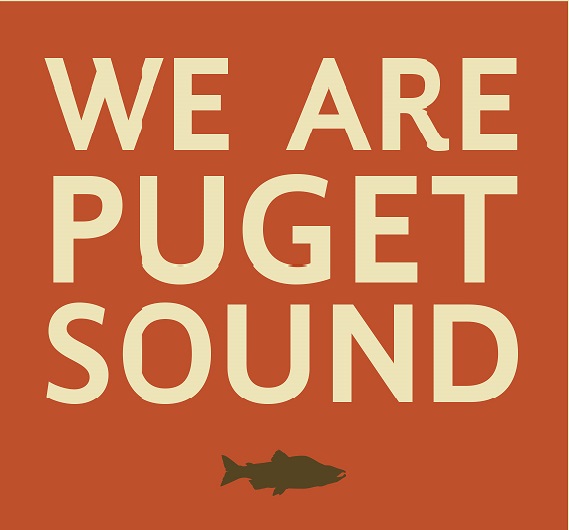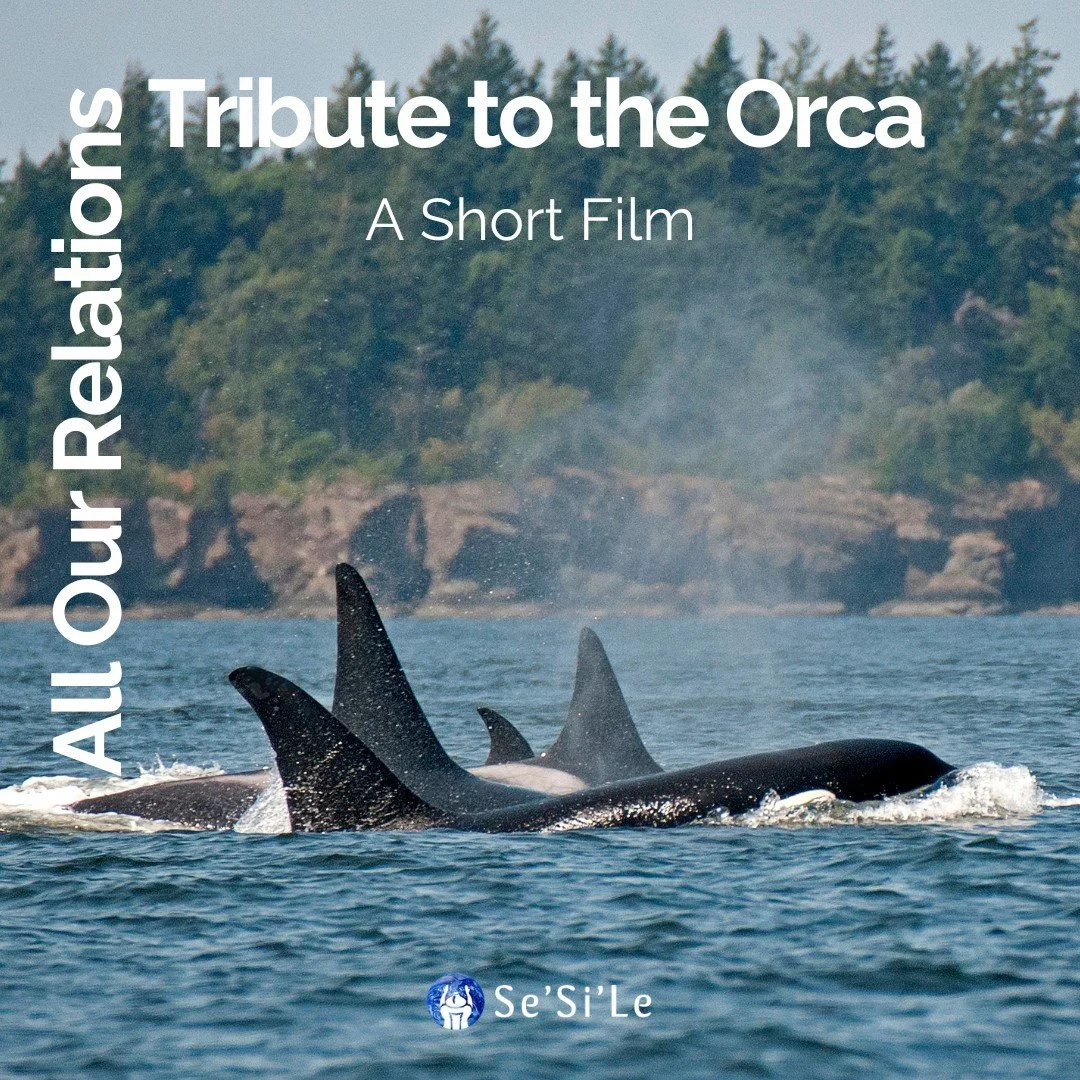When Andrew Schiffer came to Seattle in 2004, he was focused on social justice, cultural issues, and identity politics. But the bustling, beautiful city on Puget Sound expanded his focus to the environment around him. “Doing environmental work transcends the divisions of identity politics,” he says.
Andrew enrolled in Seattle’s Antioch University, where he earned a master’s degree in environment and community while living in the heavily industrialized Georgetown district. There he found affordable housing, friendly neighbors, and a new sense of belonging. As a result, Andrew has enthusiastically devoted himself to creating a healthier environment and quality of life for some of Puget Sound’s most polluted communities - the Georgetown and South Park neighborhoods on opposite shores of the Duwamish River.
At Antioch, adjunct professor Cari Simson told the graduate students about the Duwamish Tree Canopy Enhancement Project to help area residents plant and care for inner-city trees. Andrew signed on with Cari to help create urban green spaces filled with native trees and shrubs carefully chosen to filter air pollutants and absorb polluted stormwater before it enters the Sound. Efforts such as these have placed Georgetown and South Park at the center of a major effort by federal, state, and local governments to clean up the Duwamish River, contaminated by many decades of exposure to toxic industrial chemicals and heavy metals.
According to the technical advisory group for the Duwamish River Cleanup Coalition (DRCC), local residents “are constantly exposed to pollution sources from industries, automobiles, trucks, and other sources,” including “the highest citywide air concentration of diesel particulates and benzene.” A health impacts analysis by the DRCC and Just Health Action, in consultation with other groups, showed high lung disease rates and much shorter life spans in the Duwamish Valley than in other parts of Seattle and King County.
Motivated by his Antioch studies, Andrew worked on projects with the Duwamish Valley Youth Corps and Duwamish Infrastructure Restoration Training Corps (DIRT Corps), providing hands-on training with a focus on rain gardens and cisterns, vegetation management, and ecological restoration. In time, Andrew created his own environmental consulting business, Bricktree LLC. He chose the name to suggest the paradox of cities and nature being intimately connected.
Some of his favorite projects have been “green walks” or “green screens” in Georgetown and South Park. They were designed in consultation with community members concerned about cleaning toxics out of the air they breathe. The walls or screens consist of metal trellises that support fast-growing vines. One of them is 126 feet long and 13 feet tall, and helps shield homes from industrial dust.
Andrew explains: “Plants are a very powerful pollution mitigation tool. They remove air pollution through their leaves. They soak up a lot of water and stormwater pollution through their roots, and the more you plant, the more they soak up.” According to Andrew, removing any pollution from air and water helps the Sound. And it helps his Duwamish neighbors live healthier lives.




